CUSTOM ADA SIGNS DESIGN CONSIDERATIONS
Green Dot Sign wooden wayfinding and ADA signs are beautiful, durable, sustainable and offer many design options. The following steps help maximize your design efforts.
- Selecting wood species
- Deciding if and what flat printed, engraved or decorative elements should be included
- Raised sign content
- Size, shape and sign schedule impact
- Sign edge
ADA SIGN REQUIREMENT COMPLIANCE
Signs within the scope of the ADA must meet federal signage requirements, and in some cases jurisdictional requirements as well. Keep your signs from joining the over 50% of non-compliant AECO designed projects by reviewing ADA Sign Requirement FAQs.
Rest assured, we are ADA signage requirements experts and review sign proofs submitted for quote for ADA sign compliance.

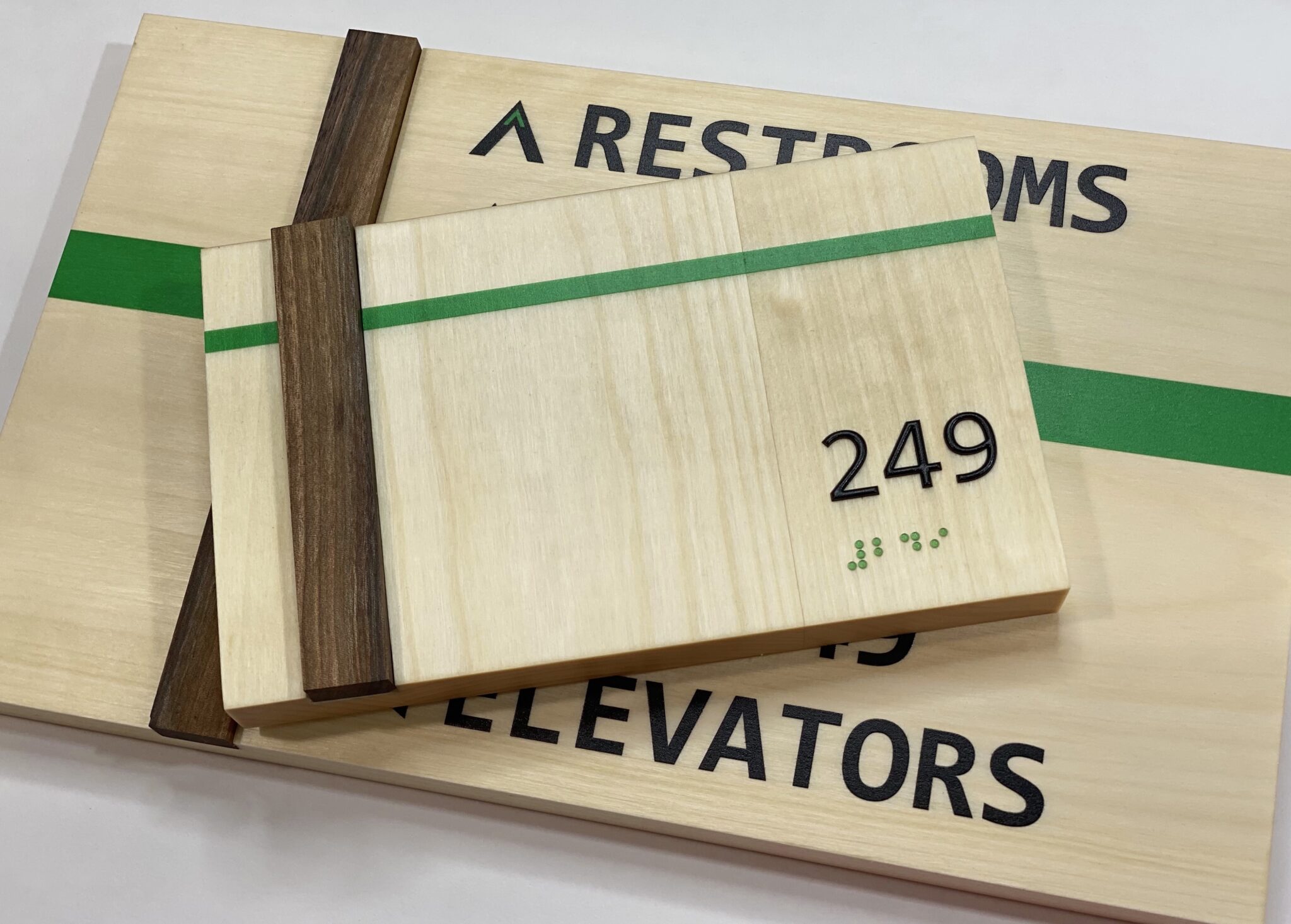



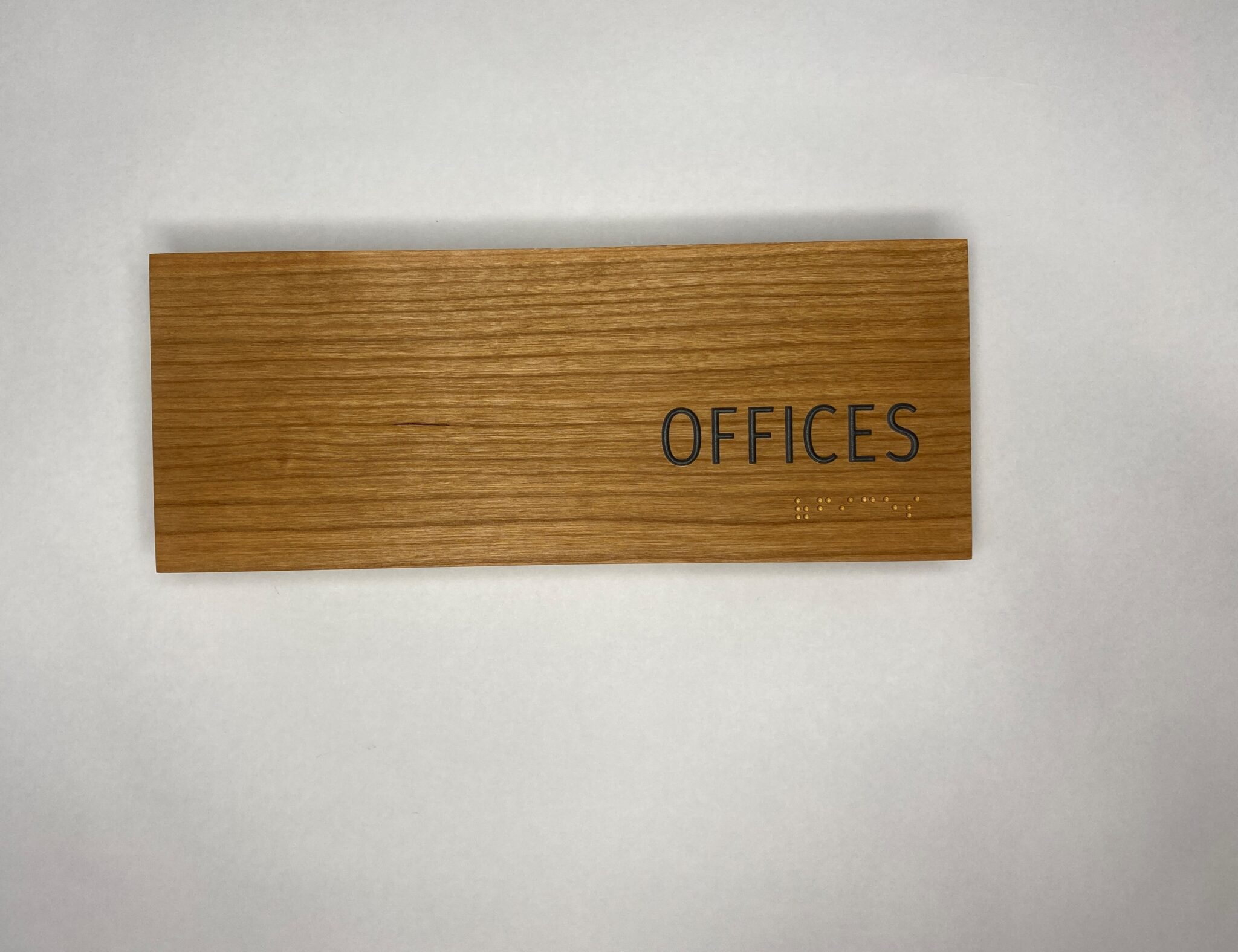
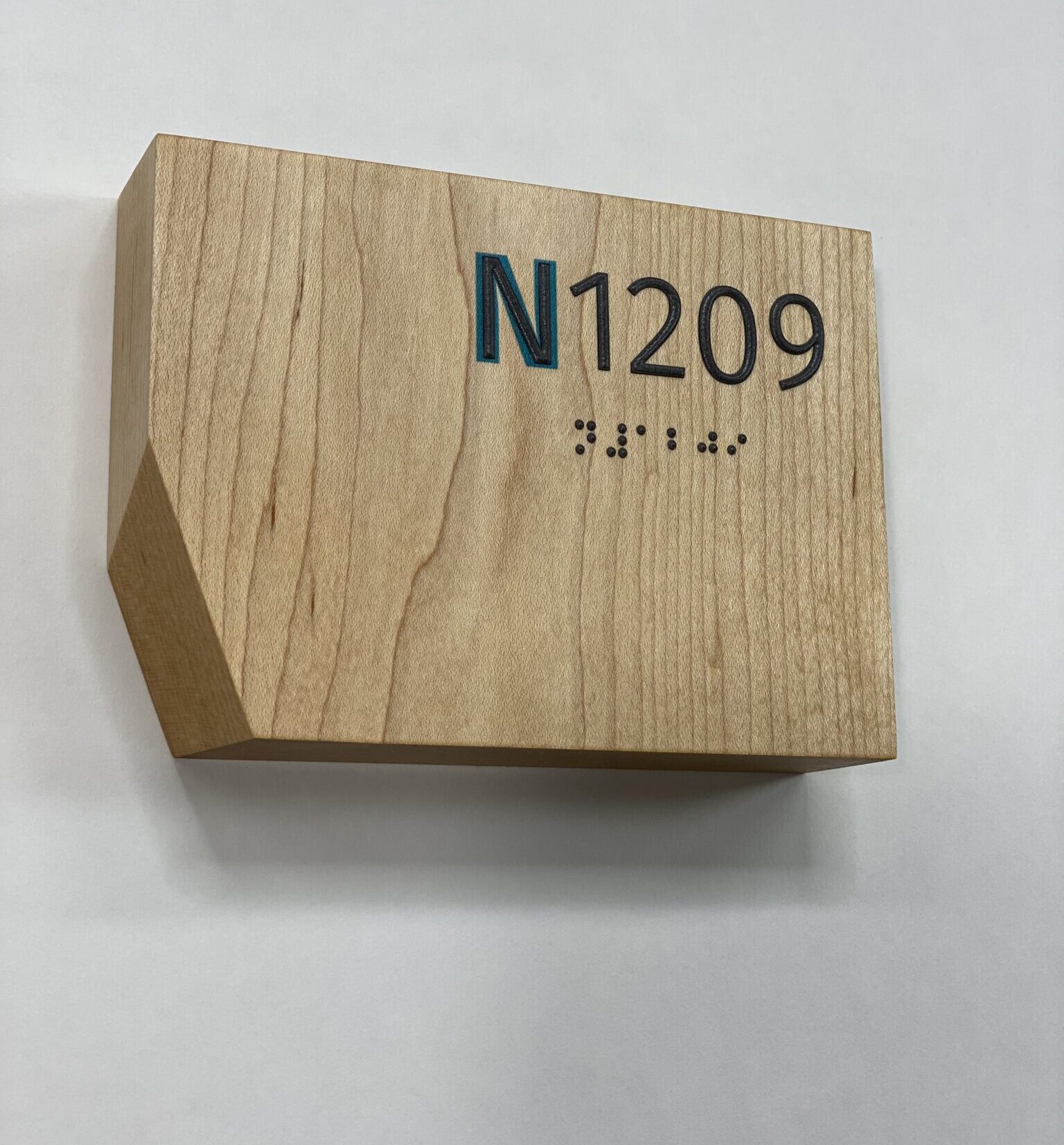
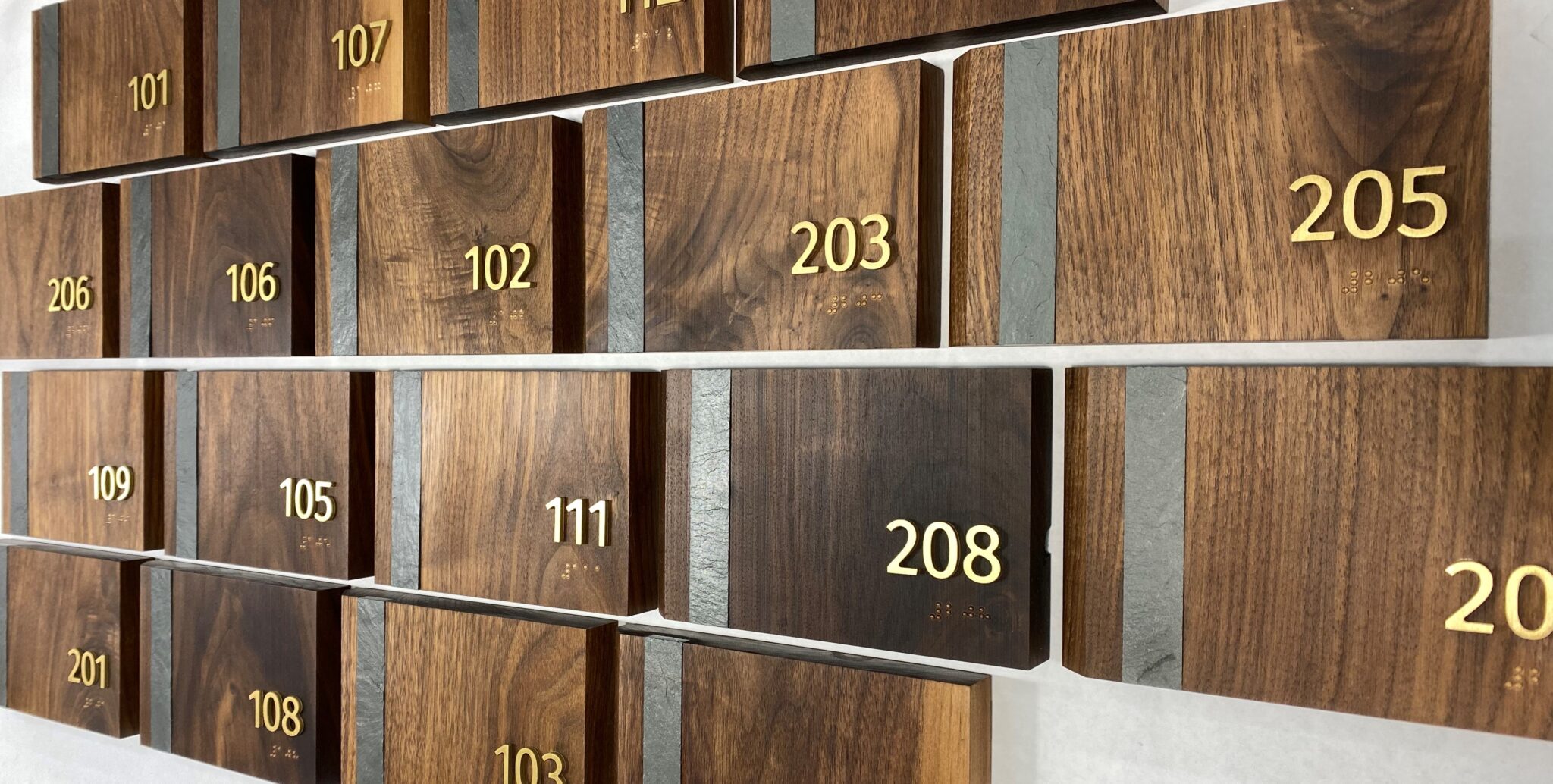

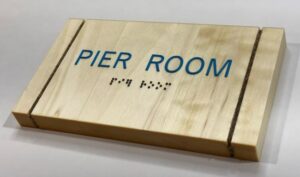 Our standard wood finish, combines pure tung oil, linseed oil and beeswax for a 100% bio-based oil. This dense wood oil provides excellent protection for high traffic custom ADA and wayfinding signs and it works well with all our signage products and printing styles. T
Our standard wood finish, combines pure tung oil, linseed oil and beeswax for a 100% bio-based oil. This dense wood oil provides excellent protection for high traffic custom ADA and wayfinding signs and it works well with all our signage products and printing styles. T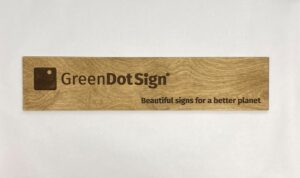 Our standard exterior wood stain is a traditional blend that includes tung oil and iron particles. Selective use of exterior finishes can provide custom wooden ADA signs a longer useful life.
Our standard exterior wood stain is a traditional blend that includes tung oil and iron particles. Selective use of exterior finishes can provide custom wooden ADA signs a longer useful life.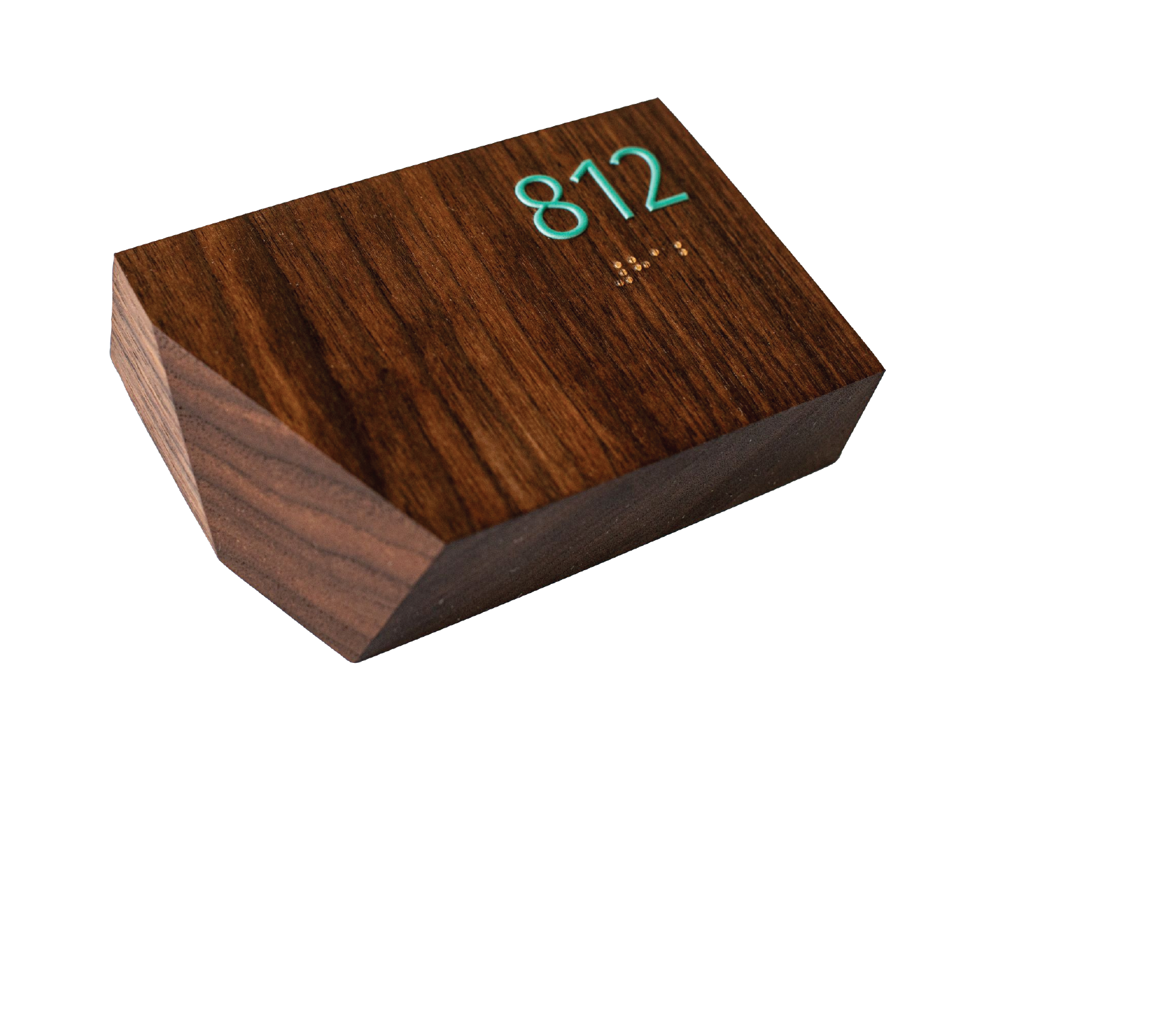
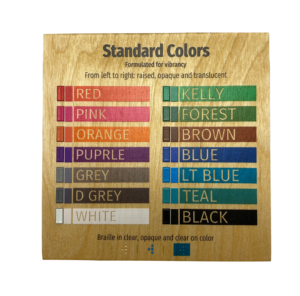
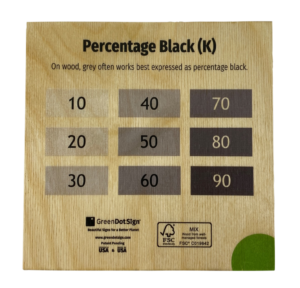
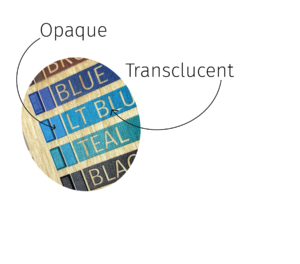 Flat printing on custom ADA and wayfinding signs can be opaque or translucent.
Flat printing on custom ADA and wayfinding signs can be opaque or translucent.  The ADA does not include visual braille signage requirements. This means that sign braille can be clear, opaque or clear on a color.
The ADA does not include visual braille signage requirements. This means that sign braille can be clear, opaque or clear on a color.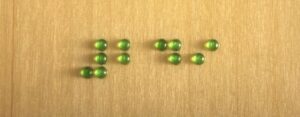
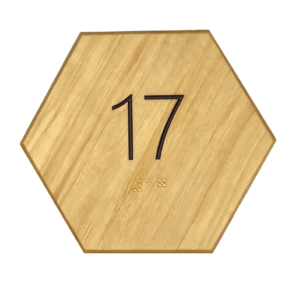 Rectangles and squares are the most common and economical sign shapes. Many designers incorporate curves, rounded corners and shapes into their custom ADA signs’ design. Custom shapes can be used to expose the wood grain in a dynamic way.
Rectangles and squares are the most common and economical sign shapes. Many designers incorporate curves, rounded corners and shapes into their custom ADA signs’ design. Custom shapes can be used to expose the wood grain in a dynamic way. 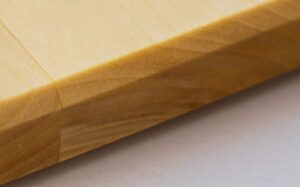 The 45 degree edge chamfer is a timeless presentation, both modern and classic. It is an especially good option to consider if your design has no content on the face besides tactile characters.
The 45 degree edge chamfer is a timeless presentation, both modern and classic. It is an especially good option to consider if your design has no content on the face besides tactile characters.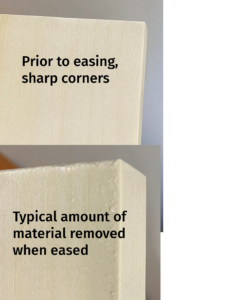 “Eased edges” refers to lightly sanding the corners of a sign edge. There is practically no visual impact, however, it makes the signs easier to handle and creates a stronger surface.
“Eased edges” refers to lightly sanding the corners of a sign edge. There is practically no visual impact, however, it makes the signs easier to handle and creates a stronger surface.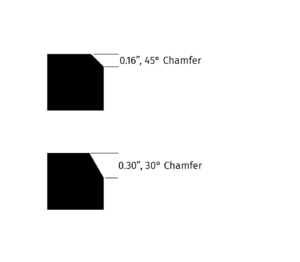 Consider the following language for your custom signage edge specifications.
Consider the following language for your custom signage edge specifications.
